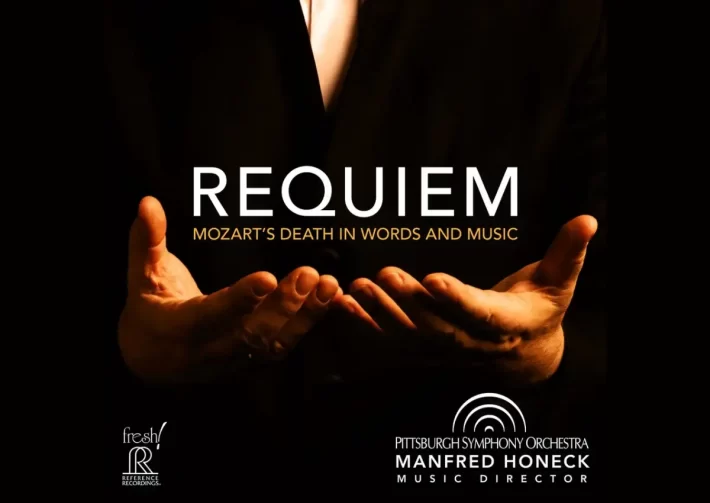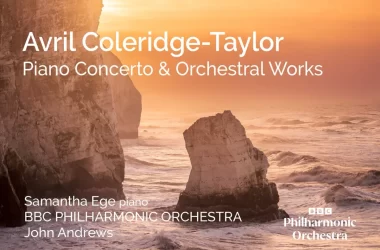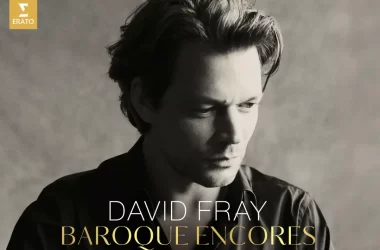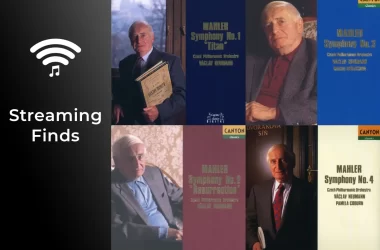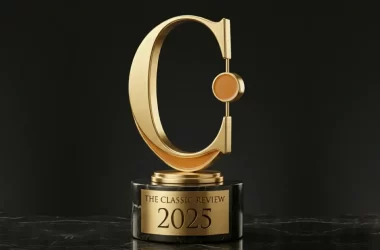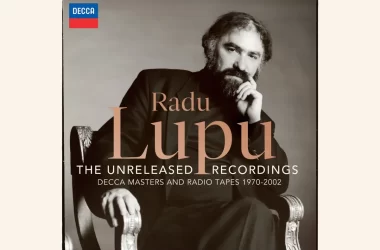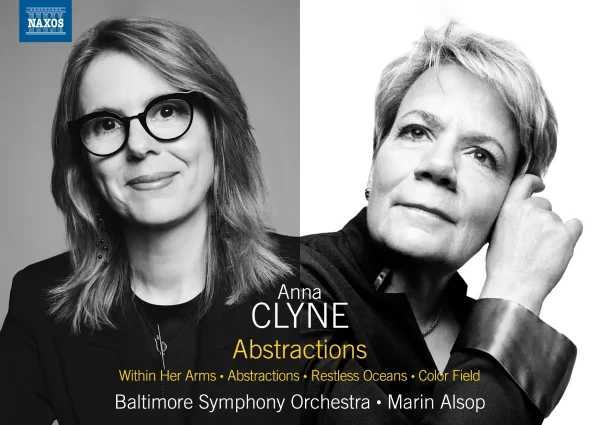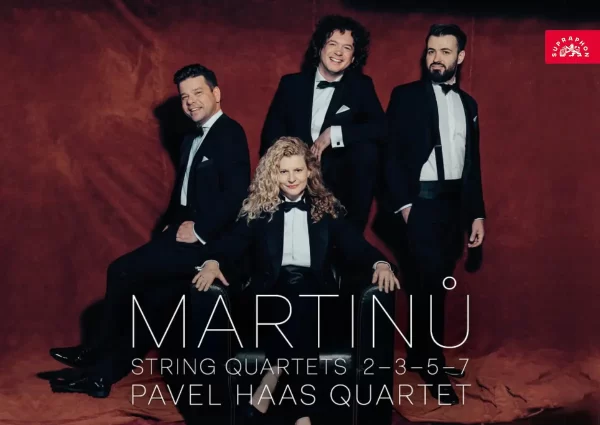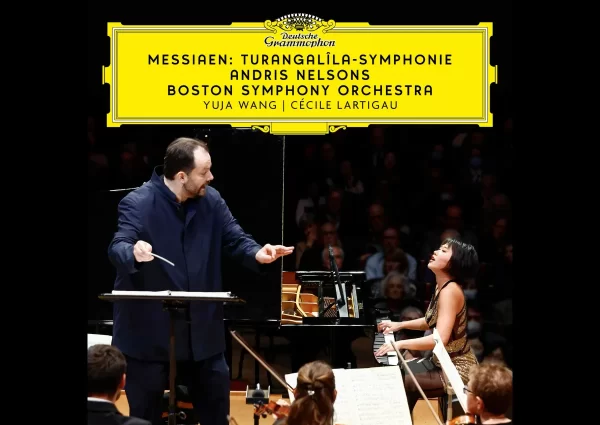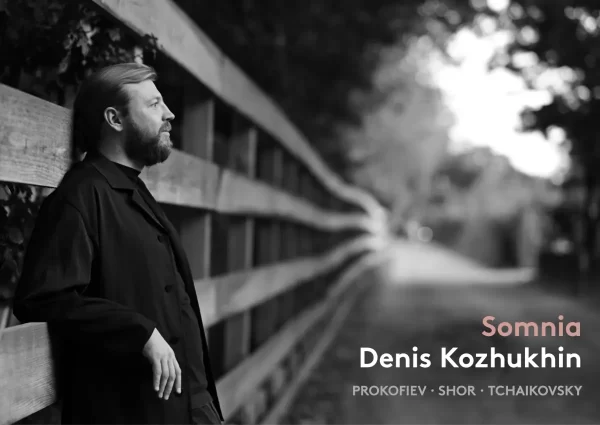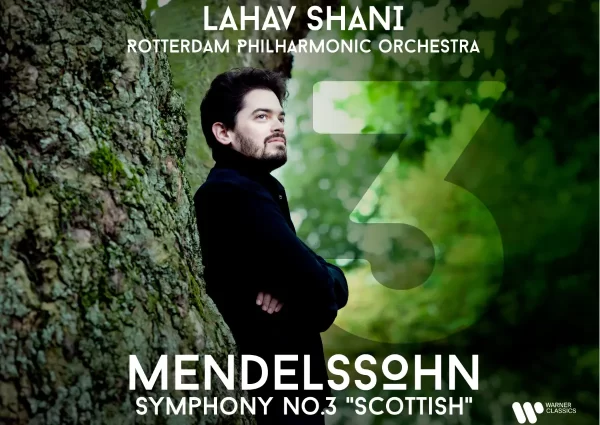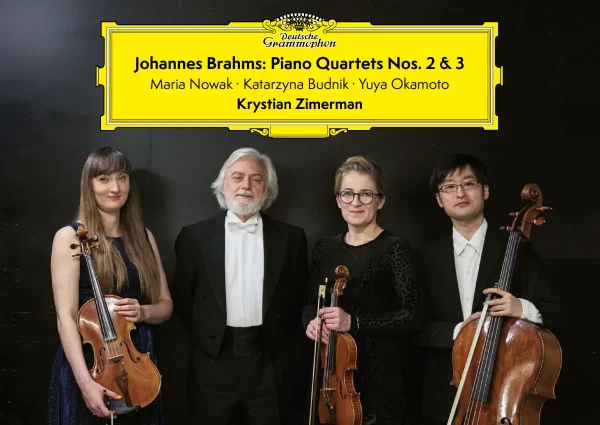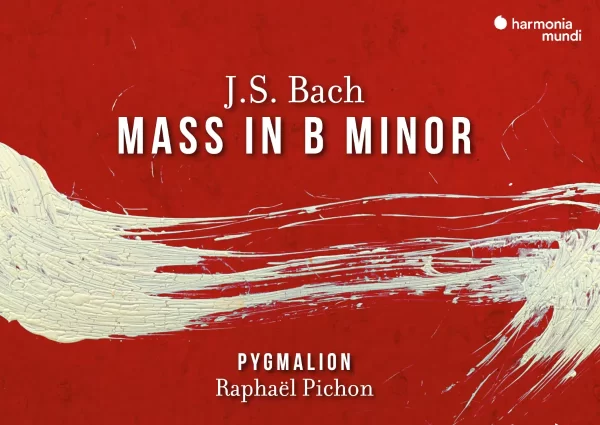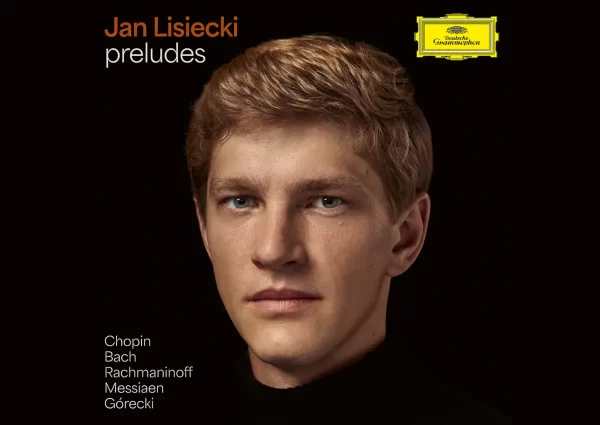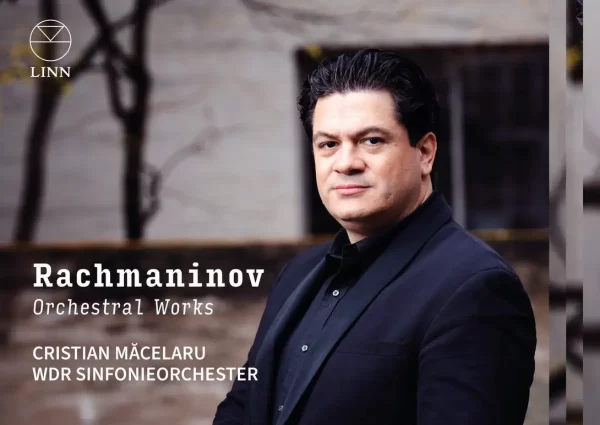A new recording from these performers is always welcome. Over the last decade several of their recordings (Beethoven’s third, Bruckner’s fourth, Dvořák’s eight, and most recently Brahms’s fourth spring to mind) have quickly become prime recommended recordings. But other releases have sometimes been let down by fussy interpretations in which Honeck’s tweaks to dynamics, articulation, and instrumental voicing draw attention away from the music. Regrettably, this new recording, built around Mozart’s Requiem, falls into the latter category.
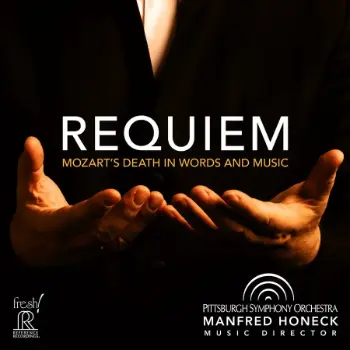
Honcek’s has designed a program that included readings and additional music by Mozart, intended to contextualize the Requiem. The concert opens with the striking of a bell, followed by the first of several Gregorian chants, sung with plushy warmth by the men of Westminster Choir. F. Murray Abraham reads a passage from one of Mozart’s letters in which he shares his beliefs about death, followed by an affectingly morose performance of Mozart’s “Maurerische Trauermusik” (K. 477). This would have served as an evocative Prelude to the Requiem, but instead there is more chant, and Jeanine De Bique’s sweetly lyrical performance of “Laudate Dominum” from the Vesperae solennes de confessore. After the reading of two Nelly Sachs poems, the Requiem finally begins.
Honeck’s passion for the work is never in doubt, and the playing of his orchestra is beyond reproach. But to heighten textual expression, Honeck adds unmarked dynamics and articulation, that all too often draw the listeners attention away from the textual meaning, nullifying the spirit and mood he is working so hard to create.
I will not chronicle all such instances but share some here. In the Requiem aeternam (track 10, 1’25”) the choir adopts staccato articulation for ‘et lux perpetua’ – Honeck, in his typically thorough program notes, argues this creates a sense of urgency. But I would argue that the change in tonality from D minor to F major has accomplished that, and that the key change, in part, is meant to bathe the singers in the beauty of that eternal light. Instead, the choir seems to be chastising someone.
In the Kyrie’s first fugue subject, the choir short articulation of three syllables (Kyri-E E-LE- ison, quarter notes made into eighths constantly draws attention to itself (interestingly, when the fugue is in major it is performed more legato, which is far more convincing.)
In the Dies irae (track 13, 0’59”) the choir draws back to a stage whisper for ‘Quantus tremor est futurus’ (Oh, what great trembling there will be). Honeck again argues this more effectively expresses the text, but I am unconvinced. The singers are facing Armageddon, the end of all things – surely a horrifyingly loud moment! The trembling, conveying urgent fear, must also be in the moment.
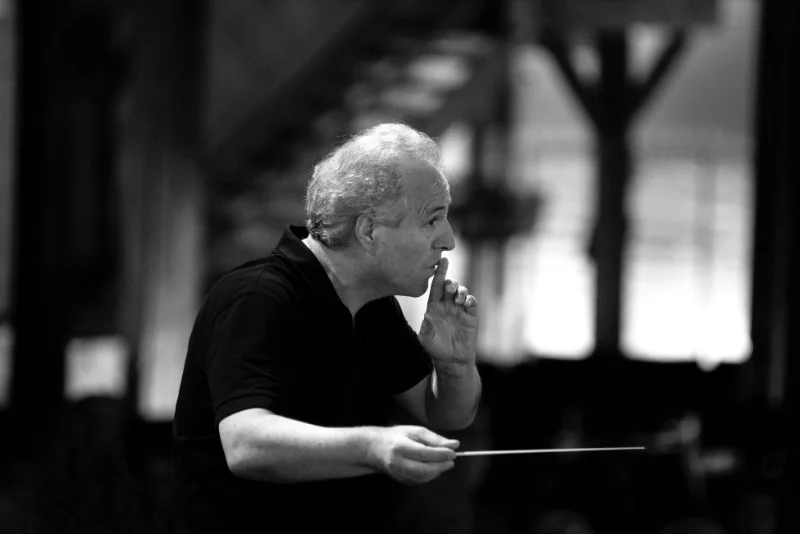
Manfred Honeck (image: ©️ Felix Broede)
Honeck makes changes to Süssmayr’s inferior writing in the ‘Die irae,’ but then retains the trombone chord anticipating the choral outcries of ‘Rex’ in the ‘Rex tremendae’ (track 15) as well as the second violin’s part (which plays a third lower than the firsts) during the triple canon, which muddies a texture Mozart spent considerable time fashioning. Conductors who insist on a completion by one of Mozart’s colleagues should adopt Eybler’s far more idiomatic work, as heard on Solti’s recording with the Vienna Philharmonic (Decca) and Goodman’s with the Hanover Band on Nimbus.
Note that Honeck does not intervene similarly in the performances of ‘Laudate Dominum’ (track 6) or ‘Ave Verum Corpus’ (track 24), which finishes the program. By trusting the music to speak for itself, it does most eloquently. And readers should know Honeck chooses not to include the Sanctus-Benedictus, Agnus Dei, and Communio-Lux Aeterna movements (perhaps because Süssmayr claimed to have written them entirely on his own?).
The soloists are all excellent, if a touch operatic. The Mendelssohn Choir of Pittsburgh is very good, but does not match the excellence of the Atlanta Symphony Chorus (Telarc) or the London choirs heard in recordings by Colin Davis (LSO Live), Welser-Möst (Warner Classics) or Guilini (Warner Classics).
I cannot recommend this release, especially when there are already so many excellent (and complete) recordings from which to choose. Readers intrigued by contextualization should seek out Raphaël Pichon’s brilliant performance with Pygmalion (Harmonia Mundi).
Recommended Comparisons
Harnoncourt | Marriner | Gardiner | Savall

Album Details |
|
|---|---|
| Album name | Requiem: Mozart’s Death in Words and Music |
| Label | Reference Recordings |
| Catalogue No. | FR761 |
| Artists | F. Murray Abraham, Jeanine De Bique, Catriona Morison, Ben Bliss, Tareq Nazmi, The Mendelssohn Choir of Pittsburgh, Tenors and Basses of the Westminster Choir Pittsburgh Symphony Orchestra. |
Included with an Apple Music subscription:
Latest Classical Music Posts

